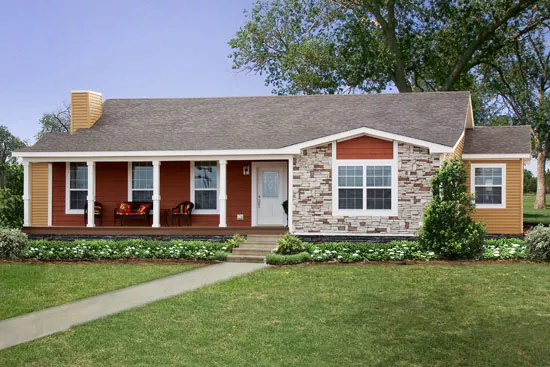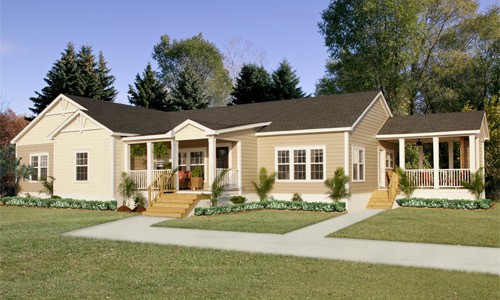The Safety of Modular Homes: Understanding Their Resilience in Storms and Beyond
Modular homes have become an increasingly popular housing choice due to their efficiency and customization options. However, potential homeowners often wonder about their safety, especially when it comes to enduring severe weather conditions. This article delves into the safety features of modular homes, particularly their resilience in storms and their overall structural integrity.
Modular Homes and Storm Safety
Modular homes are built in a factory setting and then transported to the site for assembly. This method of construction offers several safety advantages, particularly when it comes to withstanding severe weather.
1. Factory-Built Strength
One of the key benefits of modular homes is the strength gained from their factory-built construction. Because these homes are constructed indoors, they are less susceptible to weather-related damage during the building process. The factory environment allows for precise control over materials and construction techniques, which can lead to a more robust final product.
2. Engineering and Design Considerations
Modular homes are designed with structural integrity in mind. Builders use advanced engineering techniques and materials that enhance the home’s ability to withstand severe weather conditions. This includes reinforced frames, impact-resistant windows, and secure anchoring systems. Many modular homes are built to meet or exceed local building codes, which often include specifications for wind resistance and storm protection.
3. Testing for Durability
To ensure safety and durability, modular homes often undergo rigorous testing. This includes simulations of high winds and other extreme weather conditions to assess how the structure performs. Manufacturers use these tests to refine their designs and improve safety features. As a result, many modular homes are highly resilient and can stand up well to severe storms.
General Safety of Modular Homes
While modular homes are designed with safety in mind, it’s important to consider their overall safety features beyond just storm resilience.
1. Structural Integrity
Modular homes are built using the same standards and codes as traditional homes, which means they are subject to rigorous quality controls. The construction process involves multiple inspections and checks to ensure that each module meets safety standards before it leaves the factory. Once assembled on-site, these homes are further inspected to ensure that all connections and installations are secure.
2. Modern Safety Features
Many modular homes come equipped with modern safety features that enhance their overall security. This includes advanced fire detection systems, high-quality insulation for better temperature control, and durable materials that contribute to the home’s overall stability. Additionally, modular homes often include energy-efficient systems that reduce the risk of electrical issues and improve overall safety.
3. Adaptability and Customization
One of the advantages of modular homes is their adaptability. Homeowners can work with builders to customize their homes to include additional safety features or upgrades that meet their specific needs. Whether it’s reinforcing certain areas or installing specialized systems, the ability to customize a modular home allows homeowners to enhance their safety based on personal preferences and local conditions.
Comparing Modular Homes to Traditional Homes
When evaluating the safety of modular homes, it’s helpful to compare them to traditional site-built homes. Both types of construction have their strengths, but modular homes offer some unique advantages.
1. Consistency in Construction
Modular homes benefit from a consistent construction environment, which can lead to higher quality control and fewer variations in building standards. This controlled environment allows for precise construction practices that contribute to the home’s overall safety and durability.
2. Efficiency and Speed
The modular construction process is often faster than traditional building methods. This efficiency means that modular homes can be completed and occupied more quickly, reducing the time during which a structure is exposed to potential hazards. Additionally, the quick assembly process reduces the time needed for on-site construction, which can be beneficial in areas prone to severe weather.
3. Compliance with Building Codes
Both modular and traditional homes must comply with local building codes, but modular homes often exceed these standards due to their factory-controlled construction processes. This can lead to additional safety benefits and greater peace of mind for homeowners.
Conclusion
Modular homes offer a safe and reliable housing option, particularly when it comes to enduring severe weather conditions. Their factory-built strength, modern safety features, and adherence to rigorous standards contribute to their overall resilience. By understanding the advantages of modular construction and how these homes compare to traditional site-built houses, prospective homeowners can make informed decisions about their housing needs. With careful planning and consideration, modular homes can provide a secure and comfortable living environment for years to come.








